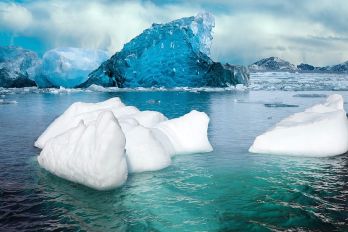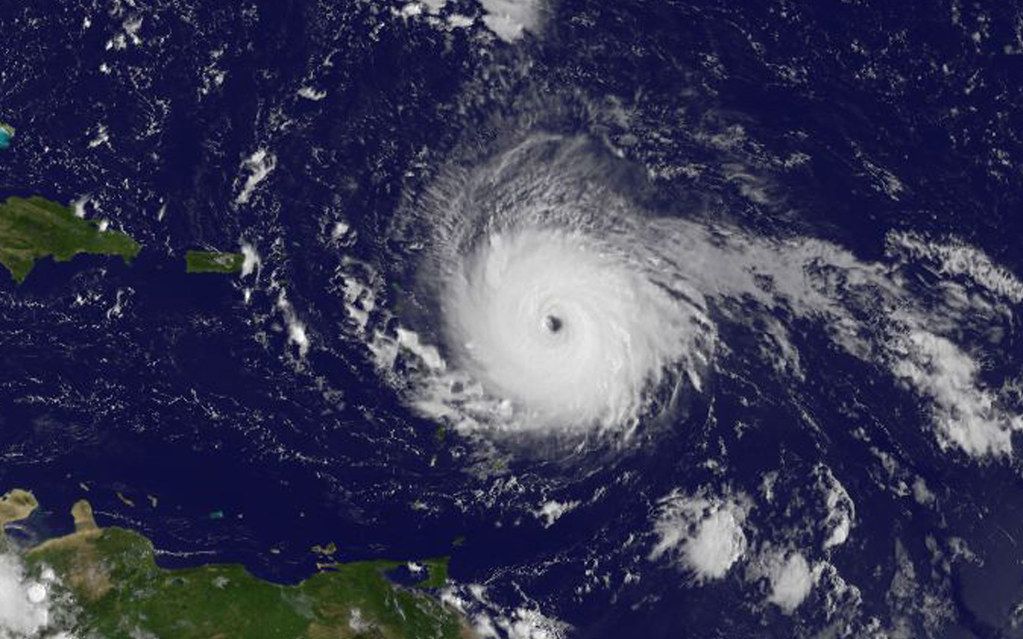It’s no secret how Ida made its presence felt as it swept through a number of states and left some unprecedented damage, especially in the Philadelphia area. Stories came rapidly one after another through many mediums as flooding from the hurricane’s rain was some of the worst we’ve ever seen in the region, and it had many people thinking on why it hit New Jersey, Pennsylvania, and Delaware worse than your usual, annual hurricanes.
As it made its way up north on Aug. 30, flooding predictions got very serious and few could anticipate the impact of the tropical storm. When looking at the recent irregular weather patterns and how much of an anomaly the results of the hurricane were when it hit the tri-state area, it’s hard not to look into the topic of climate change as a possible catalyst.
Even when looking at a storm that was in effect almost 2 months ago, this conversation is one that is simply timeless, and it takes occurrences like that to make people look back and ask what was seriously going on at that time.

Winds and precipitation from the moving hurricane on Sept. 1, left Jersey damaged as unexpected tornadoes also came, and even the I-676 in Philadelphia flooded to the top of the highway, literally. This shocked people to see how the tri-state area was being hit by winds and rain that were never really seen before. Serious tornado warnings in Delaware, Pennsylvania, and New Jersey were in effect as winds started to pick up like it’s the midwest.
When talking about rain, we know it is much more common in more areas of this earth than tornadoes, but not to the point where the flooding should’ve left street blocks and vehicles submerged in water as if an intense tsunami occurred.
On Wednesday Sept. 1, the Provost Dr. Chioma Ugochukwu, sent out an email around 6 p.m. stating how Cabrini agreed on canceling “all evening classes due to flooding and tornado warnings for several of our surrounding areas.” This went on to also cause a delayed start to the next day as classes before 11:05 were canceled, which didn’t spark complaints from students, but confusion instead.
“It seemed like there wasn’t a single area of ground on campus that wasn’t flooded at least one inch high,” Tyler McKlaine, sophomore graphic design major, said. All you could hope for as the night went on is that it didn’t get as bad as we heard it was getting in areas nearby.”
Based on these harsh occurrences, more people are starting to speculate that climate change is the culprit of this more intense hurricane and all of its effects, giving very new results in different locations. It all possibly comes back to the same concept of the warming of the earth that has shown clear trends throughout the 20th and early 21st century.
The decades of greenhouse gas emission by humans and the warming of the atmosphere and oceans in the modern world seems to be directly linked to the formation of storms in general.

According to information gathered by Scientific American, warmer sea temperatures and the thick layers of moisture that extend from them are climate issues in today’s world that are an example of how climate change is likely behind these more powerful storms. Water expands as it warms, which has been rising sea levels for quite some time now, as the rising global temperature is playing a more significant role in the world as decades pass.
This continues to show just how much the added gases in the atmosphere help trap heat from the sun and send it to earth’s surface, that is doing nothing but melting glaciers and ice sheets, warming bodies of water, and thickening the moisture in the air and clouds, allowing for more frequent water evaporation and extreme rainfall.
The stronger hurricane winds and tornadoes can also be linked back to the warming effect, as the natural rise in hot air over the cold is widely known in the science community as a basic fact on how wind speed and direction is determined. A hotter and more moist atmosphere can definitely be looked at as some of the driving factors of the overall destruction, and are also factors behind how the storm was allowed to travel such a great distance up north while keeping mostly the same power.
This is bigger than just a hurricane that occurred a while ago. It’s about the bigger picture, the future, and a conversation we humans have been having for a long time as we knew that eventually it was going to change the environment drastically.
It’s not that climate change is the full reason behind very intense storms, because there are many factors, but completely ignoring the concept and not looking into it further when these harsh conditions hit us physically, wouldn’t be the most wise choice for us in the long run.



